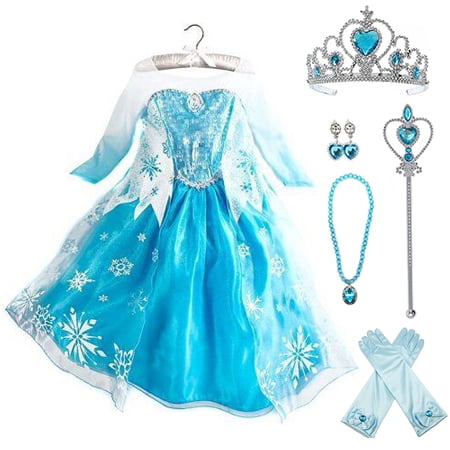Fun 2 Bake Electric Play Oven with Pan and Accessories, Blue
Your child will love spending playtime with the Fun 2 Bake Blue and Purple Working Toy Oven with On & Off Switch & Pretend Oven Window. The item is a pretty turquoise blue with matching utensils. The Fun 2 Bake oven is designed to resemble a real-life kitchen, so your child will not only pretend to cook but actually make some delicious sweets. The knobs and numbers are clear and large for accurate baking. This toy kitchen oven is perfect for kids between the ages of 8 and 12. It’s also lightweight and easy to carry at 5.7 lbs.









Reviews
There are no reviews yet.